-
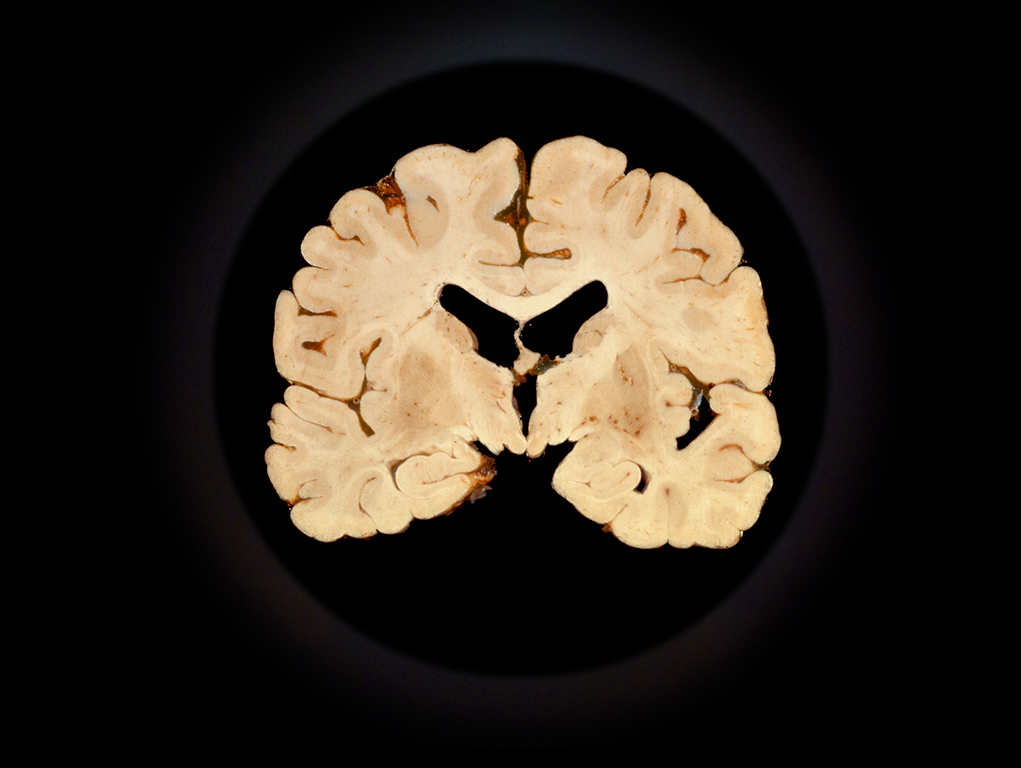
Amazing Brain
The human brain is the most complex living structure on Earth.
IMAGE COURTESY OF
PROF SETH LOVE,
UNIVERSITY OF BRISTOL -
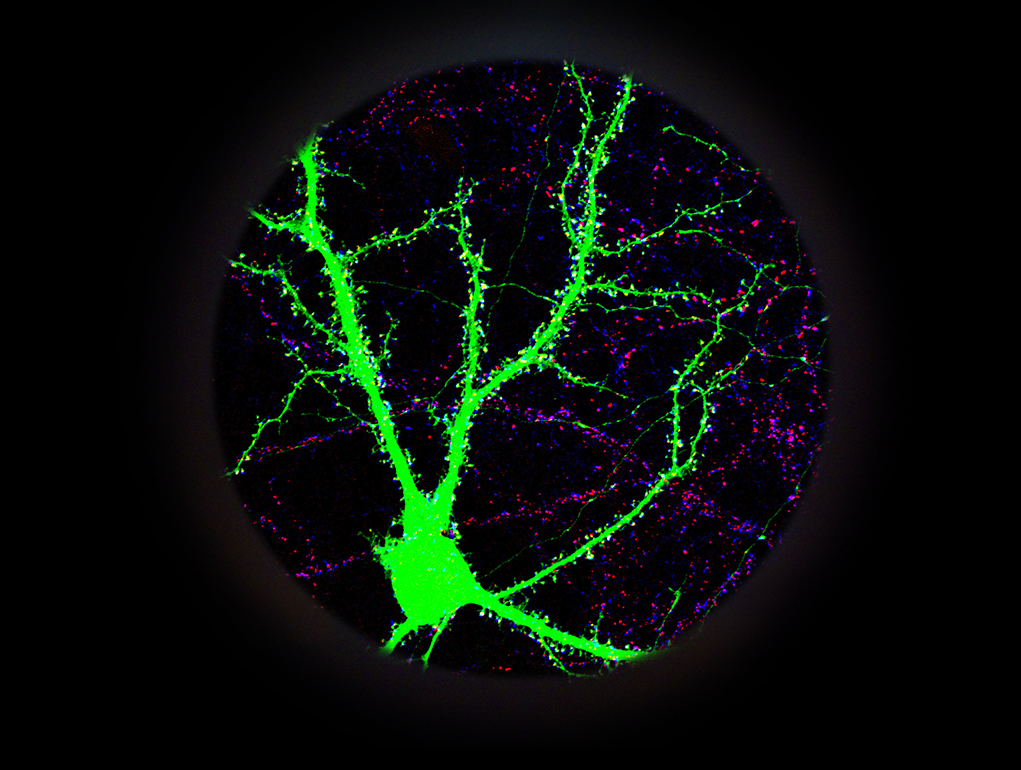
Strength in numbers
It is thought to contain a staggering 86 billion nerve cells, which communicate with each other through thousands of connections called synapses
IMAGE COURTESY OF
DR PHILIP BUTTERY,
UNIVERSITY OF CAMBRIDGE -
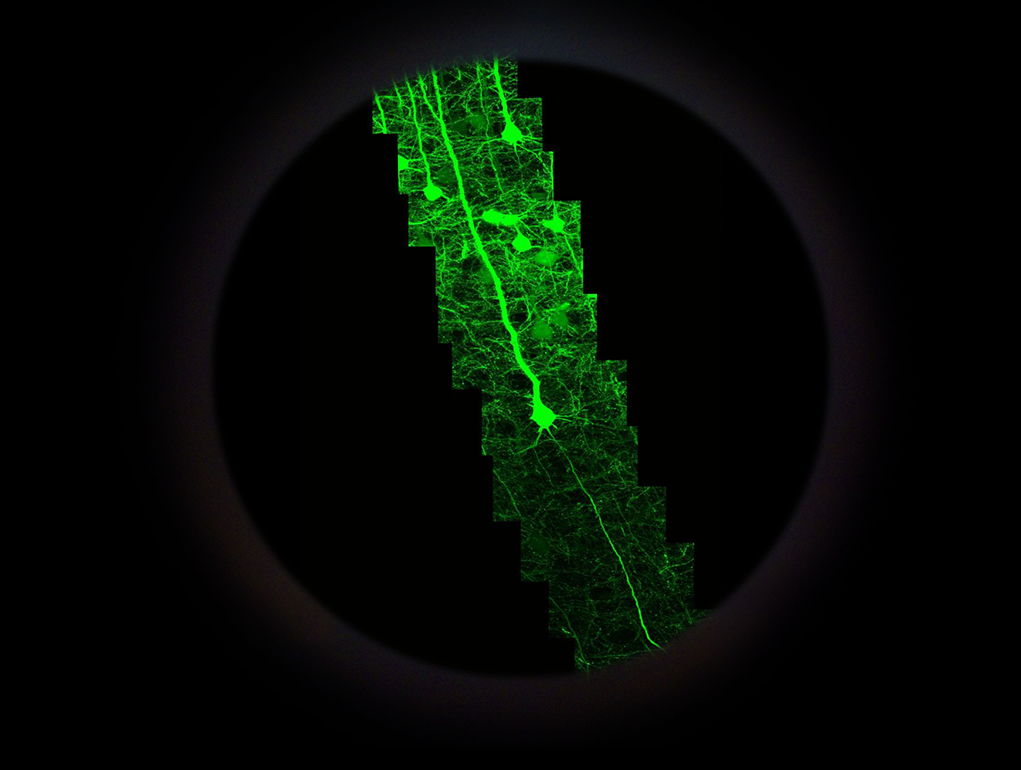
Tiny but crucial
Nerve cells are too small to see with the naked eye, so scientists use microscopes to study them close up. Even the tiniest detail could have big implications for our understanding of dementia.
IMAGE COURTESY OF
DR MICHAEL COLEMAN,
BABRAHAM INSTITUTE -
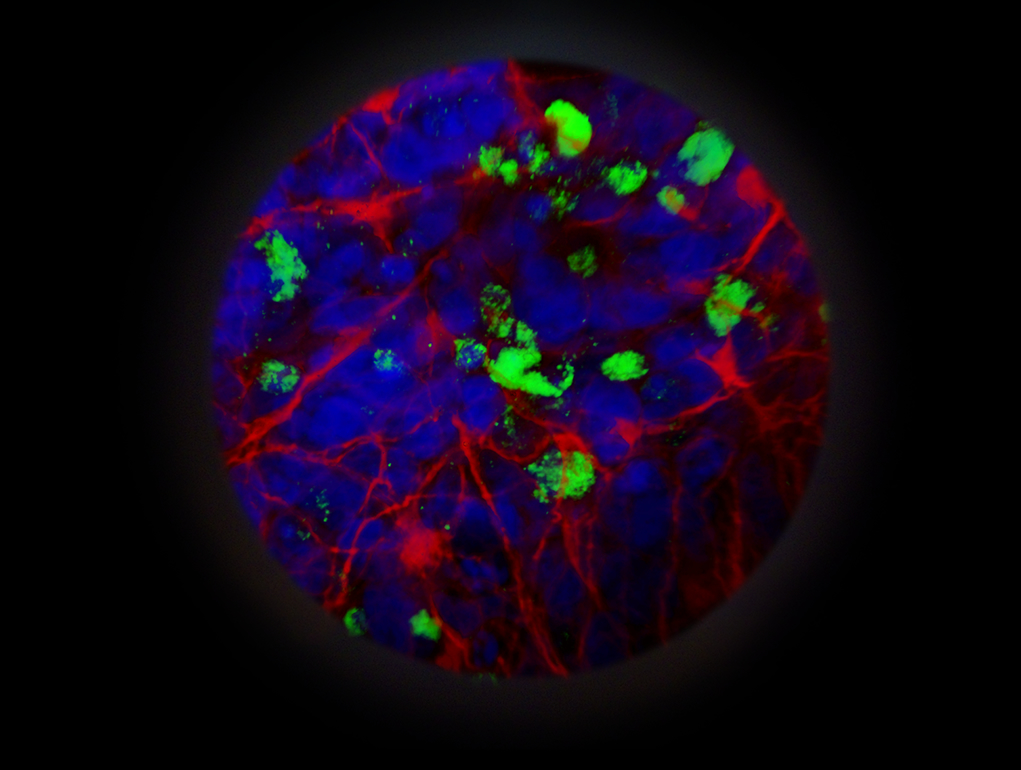
Amyloid menace
By looking down the microscope, scientists are focusing in on what goes wrong in the brain to cause dementia. In Alzheimer’s, a protein called amyloid builds up between nerve cells. You can see it here in green.
IMAGE COURTESY OF
DR YICHEN SHI & DR RICK LIVESEY,
UNIVERSITY OF CAMBRIDGE -

Playing tag
Researchers can tag proteins with fluorescent labels, helping them to see how the brain responds to damage caused by diseases like Alzheimer’s.
Here are immune cells (red) reacting to amyloid (green) in blood vessels.
IMAGE COURTESY OF
DR CHERYL HAWKES,
UNIVERSITY OF SOUTHAMPTON -
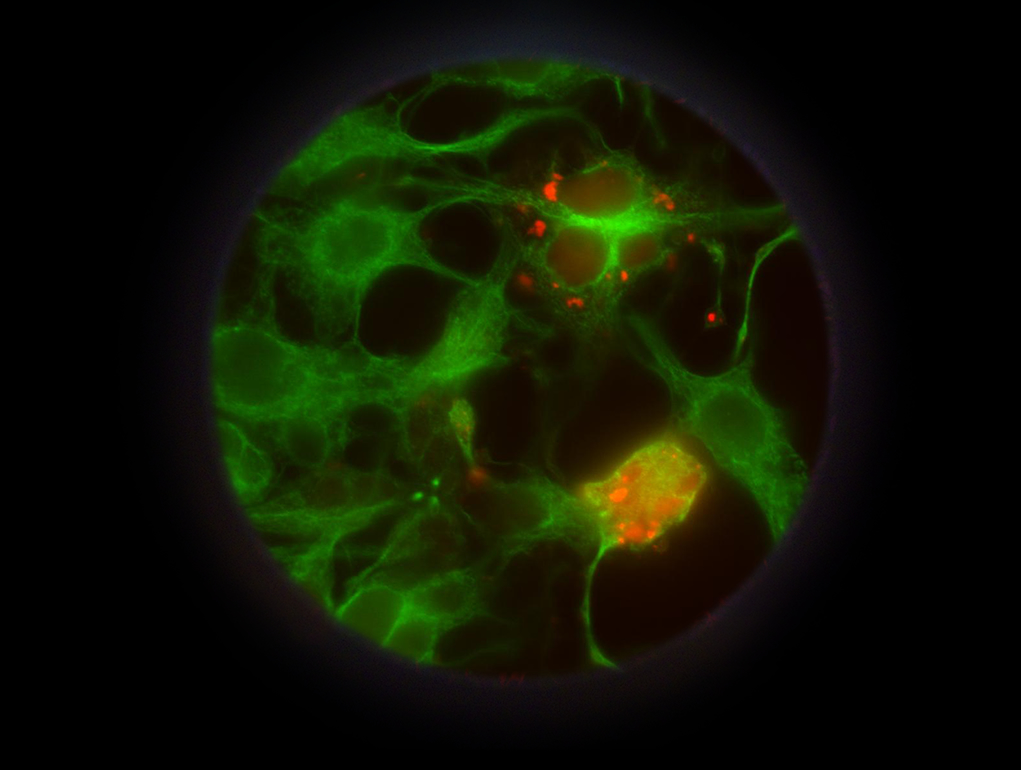
Spotting the clumps
These cells have clumps of a protein called FUS (shown in red). This build-up can be a characteristic feature of frontotemporal dementia and our scientists are using cells like this to learn more about what happens in the disease.
IMAGE COURTESY OF
MATTHEW THOMAS,
UNIVERSITY OF OXFORD -

Transforming cells
Scientists can also use cells to mimic features of the brain in the lab.
Here our scientists have used skin cells from patients and transformed them into nerve cells in the lab. This is allowing them to understand how Alzheimer’s damages nerve cells and helping them screen potential new treatments.
IMAGE COURTESY OF
DR YICHEN SHI & DR RICK LIVESEY,
UNIVERSITY OF CAMBRIDGE